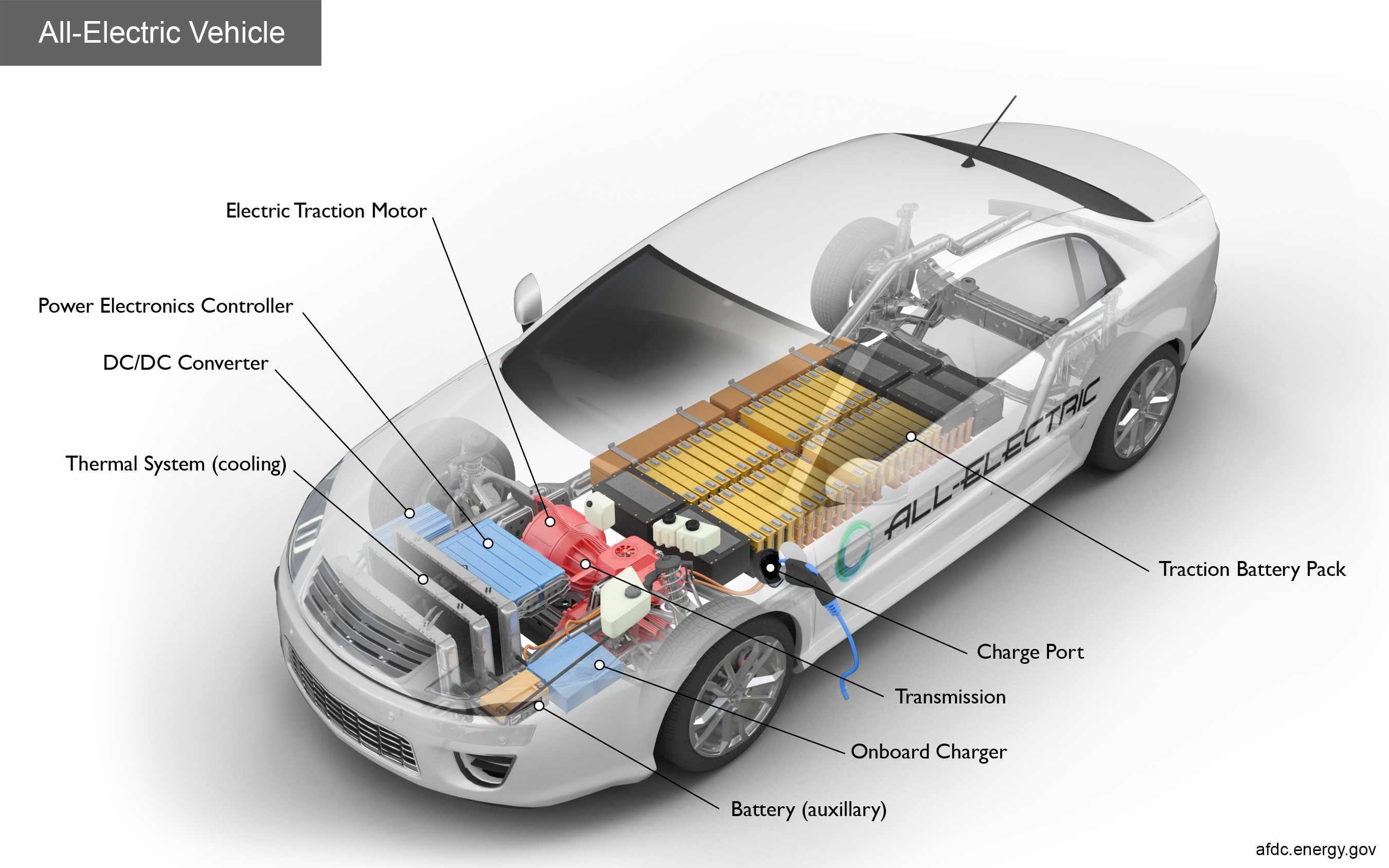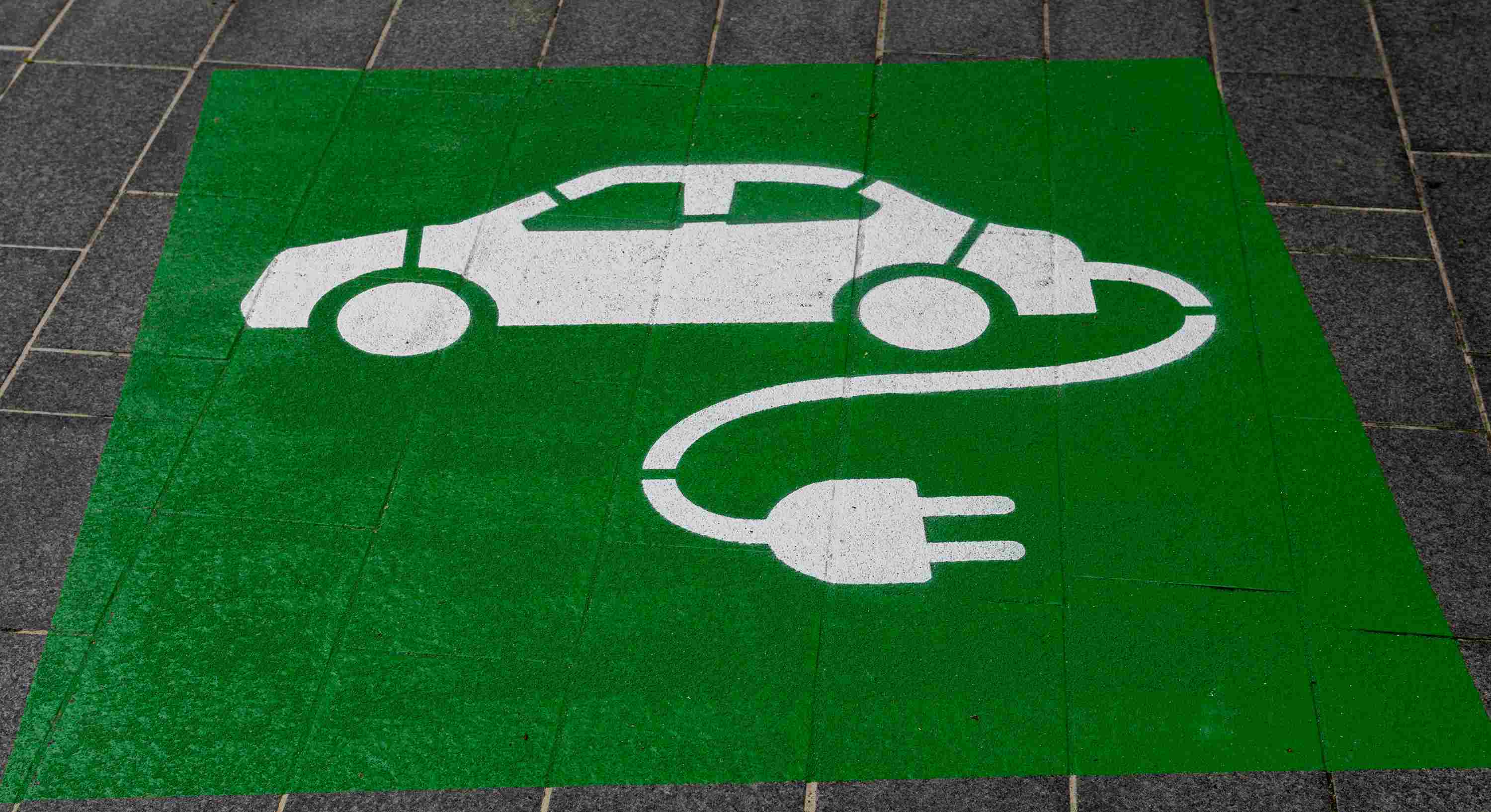How Much Money Can You Save Monthly by Driving an Electric Car in India?
Is switching to an electric car in India worth it?
With petrol prices on the rise and more electric vehicle (EV) choices available, many drivers in India are wondering if now is the time to switch. EVs used to be seen as too expensive, but that’s changing. The government is offering subsidies, batteries are cheaper, and charging stations are growing fast.
Let’s look at how much money you can save each month by switching from a petrol car to an electric one.
1. Saving on fuel: the biggest difference
For most drivers, fuel is one of the biggest recurring car-related expenses. In India, petrol prices in many cities hover around Rs 100 per litre. Over time, this can have a serious impact on your monthly budget.
Let’s say you drive around 50 km daily — that adds up to roughly 1,500 km per month. A petrol car with an average mileage of 15 km/l would need about 100 litres of fuel, costing you approximately Rs 10,000 each month.
Now compare that to an electric vehicle. EVs typically run 6 km per kilowatt-hour (kWh) of electricity. To drive the same 1,500 km, you’d need about 250 kWh. At an average rate of Rs 8 per unit, that’s just Rs 2,000.
Estimated monthly fuel savings: Rs 8,000
You could save more by:
- Charging your EV during off-peak hours, when electricity tariffs are lower
- Installing rooftop solar panels to reduce dependence on the power grid
- Monitoring your driving patterns and using regenerative braking to increase energy efficiency
 All-electric vehicles have an electric motor instead of an internal combustion engine. Picture source: US Department of Energy
All-electric vehicles have an electric motor instead of an internal combustion engine. Picture source: US Department of Energy
2. EVs need less maintenance
Petrol cars have many moving parts, like spark plugs, oil filters, and gearboxes. These need regular maintenance and repairs. And the more parts a vehicle has, the more things there are that can eventually go wrong.
EVs are simpler. They don’t need:
- Oil changes
- Gearbox repairs
- Frequent brake replacements (because of something called regenerative braking. It’s a system that saves energy when the car slows down and puts it back into the battery. This reduces wear on the brakes.)
A study from 2020 by the International Council on Clean Transportation (ICCT) says that EVs cost 30 to 40 percent less to maintain.
3. Government incentives make EVs cheaper
While EVs can seem expensive upfront, a range of government incentives are designed to make them more accessible and affordable:
- FAME II Subsidy: The central government’s Faster Adoption and Manufacturing of Electric Vehicles scheme offers a subsidy of up to Rs 10,000 per kWh of battery capacity, capped at 15 percent of the vehicle’s cost. This significantly reduces the purchase price of new EVs.
- Road tax exemptions: Many states, including Delhi, Maharashtra, and Telangana, offer 100 percent exemption on road tax for electric vehicles.
- Registration fee waivers: The central government has waived registration fees for all EVs, further lowering the cost of ownership.
- Income tax benefit under Section 80EEB: You can claim a deduction of up to Rs 1.5 lakh on interest paid on a loan taken to purchase an EV.
 Electric cars, like Nexxon EV, take around 45 minutes to an hour to complete a full charge at a fast charge station. Pictur source: Tech Explore
Electric cars, like Nexxon EV, take around 45 minutes to an hour to complete a full charge at a fast charge station. Pictur source: Tech Explore
These incentives don’t just bring down the initial cost of buying an EV — they also help lower your ongoing monthly expenses like EMIs and taxes. If you’re taking a loan or live in a state with strong EV-friendly policies, these savings can add up quickly. It’s a good idea to check what your state offers, so you don’t miss out on any extra support.
4. Battery life and resale value are improving
People often worry about how long EV batteries last. But today’s batteries are better:
- Most come with eight-year or 1.6 lakh km warranties
- New battery types can last up to 2 lakh km
- More people are buying EVs, so resale value is going up
5. Charging is easier than before
Charging is no longer the major bottleneck it used to be:
- Over 12,000 public charging stations are already operational in India (source).
- Most EV owners use home chargers, provided free or at a subsidised cost by manufacturers.
- Charging overnight on regular power points is enough for daily usage.
How much can you save monthly?
Total Monthly Savings: Rs 8,000 to Rs 10,000
Should you switch to an EV?
If you live in a city, drive often, and have a place to charge your vehicle at home or in your apartment complex, switching to an electric car could be a smart financial choice. You’re likely to see noticeable savings on fuel and maintenance every month. And if you can power your car using rooftop solar, those savings can grow even more — making the EV an eco-friendly choice in the long run.
 Electric charging stations have come up all across the country, in restaurants and hospital parking lots, too. Picture source: Michael Marais, Unsplash
Electric charging stations have come up all across the country, in restaurants and hospital parking lots, too. Picture source: Michael Marais, Unsplash
What you can do today:
- Check your state’s EV policies and subsidies using the e-Amrit portal by NITI Aayog.
- If you live in a housing society, explore the possibility of installing a shared charging point with your RWA (Residents’ Welfare Association).
- If you have a rooftop, consider looking into solar charging options to reduce your electricity bills further.
- Before buying, compare models based on range, charging time, battery warranty, and service availability in your area.
Edited by Khushi Arora
News